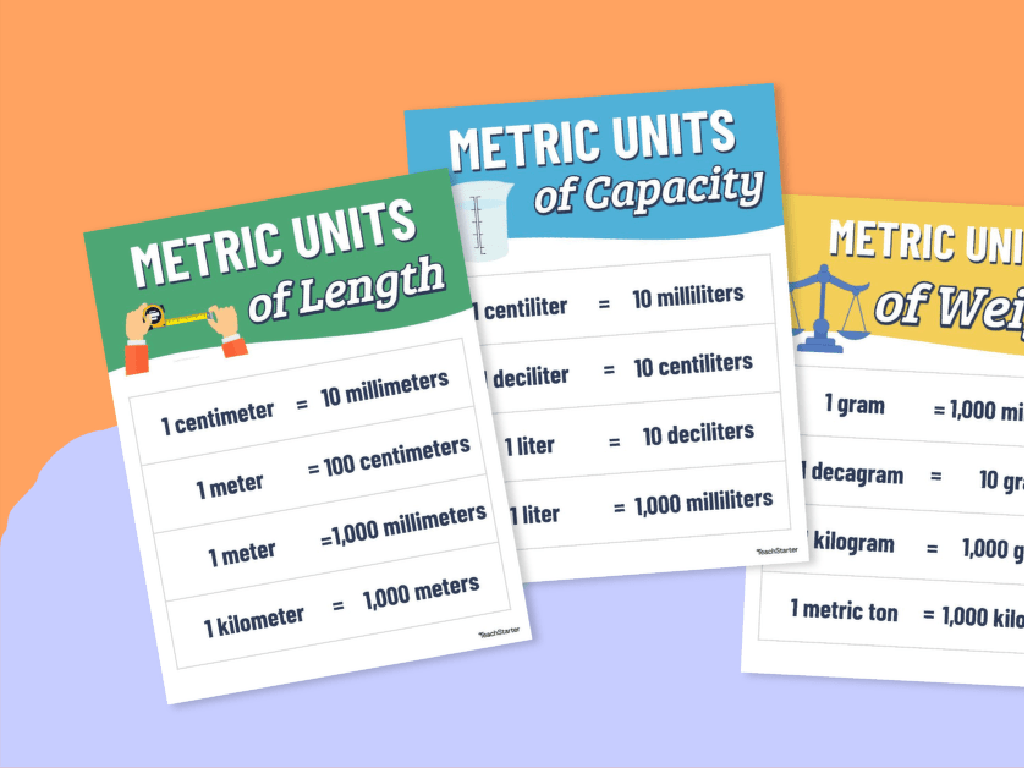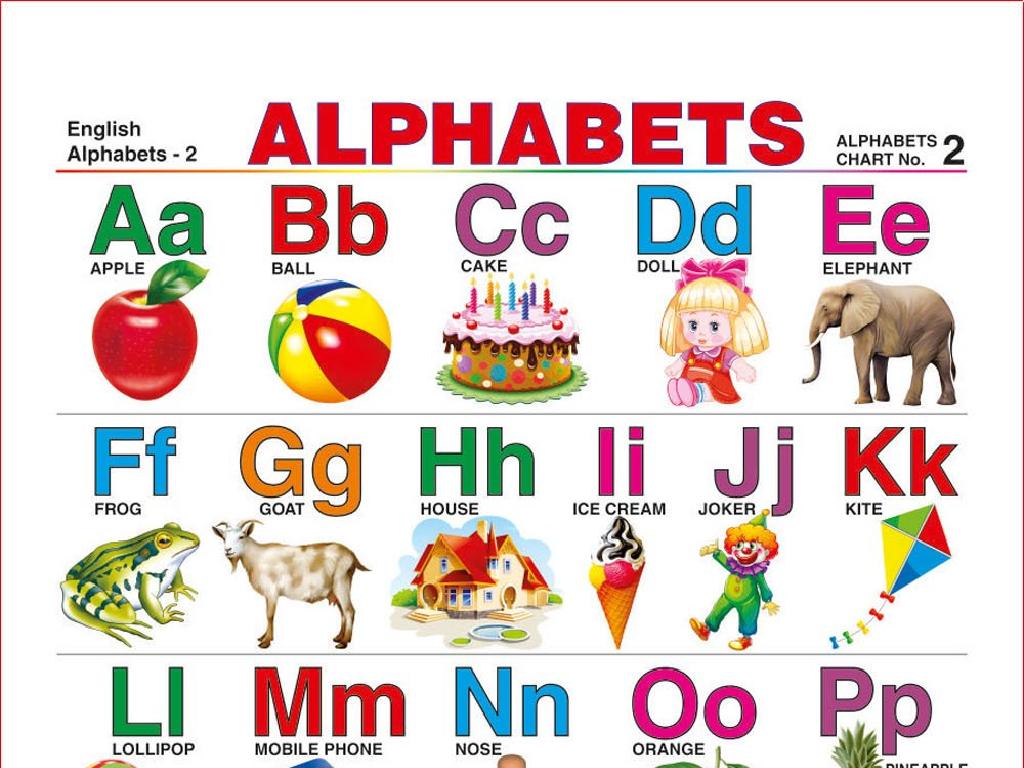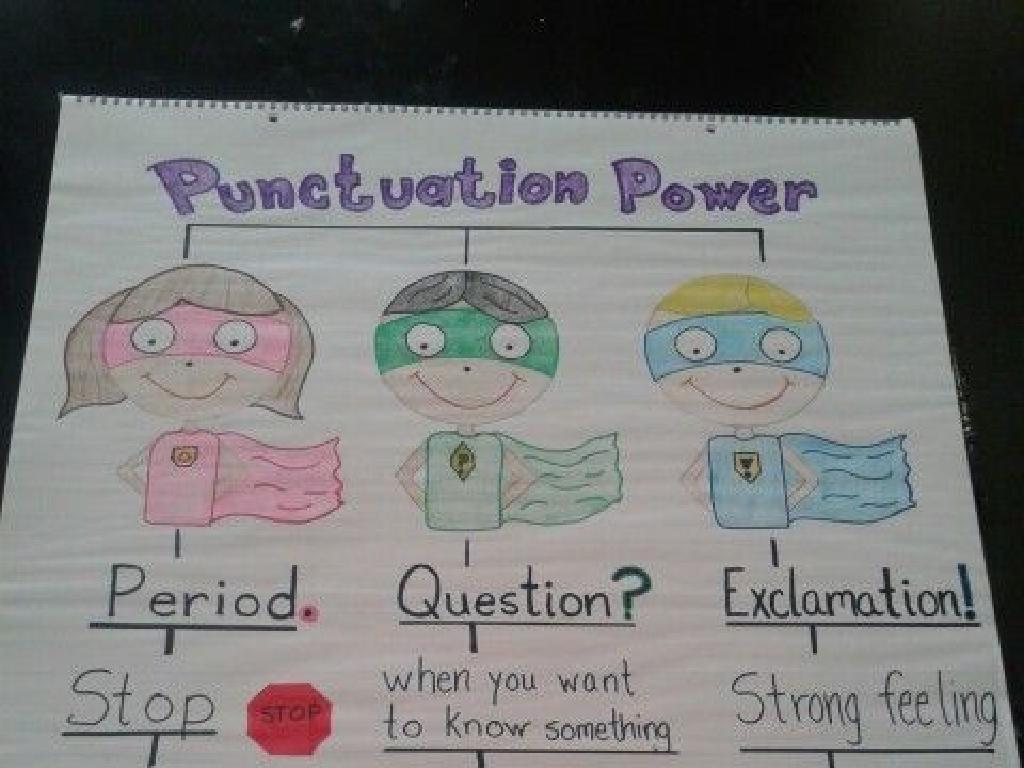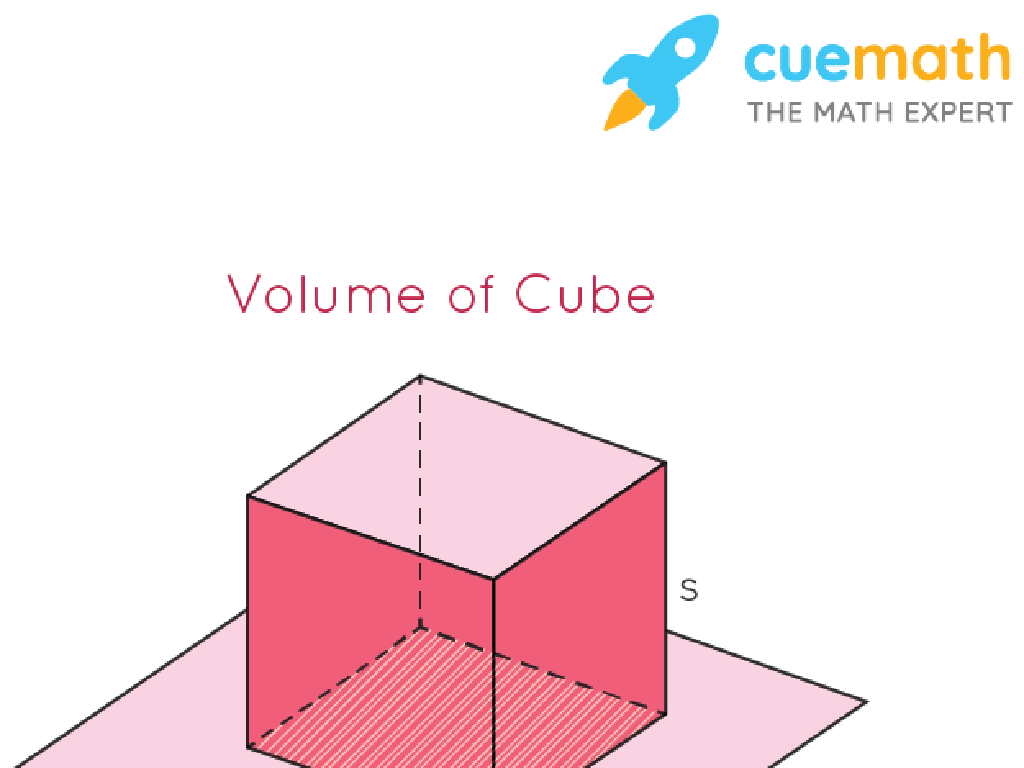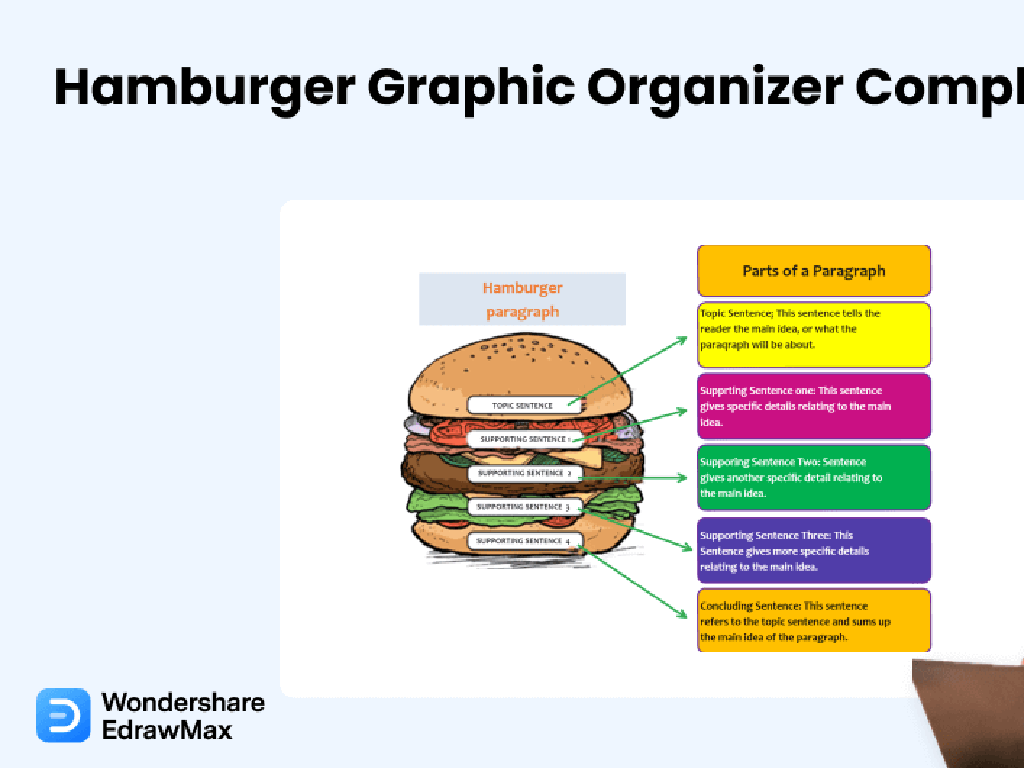Read Animal Life Cycle Diagrams
Subject: Science
Grade: Second grade
Topic: Animals
Please LOG IN to download the presentation. Access is available to registered users only.
View More Content
Welcome to Animal Life Cycles!
– Learn how animals grow and change
– Life cycles: birth, growth, reproduction
– From a baby to an adult, animals go through stages.
– Explore various animal life cycles
– Frogs, butterflies, and chickens have unique cycles.
– Recognize stages in life cycles
– Eggs, larvae, pupa, and adult are stages for some animals.
|
This slide introduces second-grade students to the concept of animal life cycles. It’s important to explain that all animals, including humans, have a life cycle, which is the series of changes they go through from the beginning of life to their eventual death. Emphasize that understanding these cycles helps us to better appreciate and care for animals. Use simple language and relatable examples like the metamorphosis of a butterfly or the growth of a kitten into a cat. Encourage students to think about what they already know about animal growth and to be curious about learning more. Plan to show diagrams or videos of different life cycles to make the lesson visual and engaging.
Understanding Animal Life Cycles
– What is a life cycle?
– Series of changes from birth to adulthood
– Each animal’s life cycle is unique
– Common life cycle stages
– Birth, growth, reproduction, aging
– Observing life cycle changes
– We’ll see how these stages occur in different animals
|
This slide introduces the concept of life cycles in animals, which is a fundamental part of understanding biology in second grade science. A life cycle encompasses all the stages an animal goes through from the time it is born until it reaches adulthood and eventually passes on. While all animals have life cycles, each species follows a unique path. Common stages like birth, growth, reproduction, and aging are shared across many species, but the details of these stages can vary widely. Encourage students to think about how a butterfly or a frog changes as it grows, and prepare them to observe and discuss different life cycle diagrams in upcoming lessons.
The Butterfly Life Cycle
– Metamorphosis: A butterfly’s journey
– Metamorphosis is how a caterpillar changes into a butterfly.
– Life stages: Egg to Butterfly
– Starts as an egg, becomes a caterpillar, then a chrysalis, and finally a butterfly.
– Caterpillar to Chrysalis transformation
– Inside the chrysalis, the caterpillar changes form.
– Emergence of the Adult Butterfly
– The chrysalis opens to reveal a fully formed butterfly.
|
This slide introduces the concept of metamorphosis, focusing on the butterfly as an example. It’s important to explain that metamorphosis is a process of transformation that the butterfly goes through during its life cycle. The four stages should be clearly explained: starting as an egg, hatching into a caterpillar, becoming a chrysalis, and finally emerging as an adult butterfly. Use simple language and encourage students to visualize the transformation by considering how much the butterfly changes at each stage. You can prepare a class activity where students create their own butterfly life cycle diagrams or act out the stages to reinforce learning.
The Frog Life Cycle
– Frogs undergo metamorphosis
– Metamorphosis is a series of changes in form during an animal’s life.
– Life stages: Egg to Adult Frog
– The stages are Egg, Tadpole, Froglet, and Adult Frog.
– Tadpoles differ from adult frogs
– Tadpoles have tails and gills; adult frogs have legs and lungs.
– Observe the transformation
|
This slide introduces the concept of metamorphosis using the example of a frog’s life cycle. Explain that metamorphosis is a process of transformation that some animals, like frogs, undergo from birth to adulthood. Highlight the four distinct stages of a frog’s life: starting as an egg, hatching into a tadpole, then transforming into a froglet, and finally becoming an adult frog. Emphasize the physical changes that occur, particularly how tadpoles look and live differently compared to adult frogs, such as having tails and gills for living in water, which later develop into legs and lungs for life on land. Encourage students to think about how this process ensures the survival of frogs in their natural habitats. Use diagrams to visually represent each stage and ask students to draw their own version of the frog life cycle as an activity.
The Chicken Life Cycle
– Chickens have a simple life cycle
– Life stages: Egg -> Chick -> Adult
– From a tiny egg to a fluffy chick and then a full-grown chicken
– Chickens grow but don’t change shape
– Understanding growth and change
– Chickens develop and mature, but their basic shape remains the same
|
This slide introduces the concept of life cycles using the example of a chicken, which is relatable and easy to understand for second graders. Emphasize that while chickens do not undergo dramatic transformations like some other animals, they do experience significant growth and development. Explain each stage briefly, starting with the egg, then hatching into a chick, and finally growing into an adult chicken. Highlight that the chicken’s shape doesn’t change drastically as it grows, unlike butterflies or frogs that go through metamorphosis. Encourage students to think about how they themselves have grown and changed over time, drawing parallels to the chicken’s life cycle.
Comparing Animal Life Cycles
– Every life cycle is unique
– Stages: birth, growth, reproduction
– From a baby to an adult animal
– Some animals change a lot
– Like butterflies or frogs
– Think of unique life cycles
– Examples: butterflies, frogs, chickens
|
This slide aims to introduce students to the concept that while all animals go through a life cycle that includes birth, growth, and reproduction, the amount of change they undergo during this process can vary greatly. Some animals, like butterflies, undergo dramatic transformations, while others, like chickens, do not change as much. Encourage the students to think of and discuss animals they know and how their life cycles might differ. This will help them understand the diversity of life and the concept of metamorphosis. Provide guidance on how to observe and compare these life cycles in a scientific manner.
Class Activity: Create Your Own Life Cycle
– Choose an animal to study
– Draw the animal’s life cycle stages
– Include stages like birth, growth, reproduction, and death
– Explain each stage to your classmates
– Use clear labels and descriptions for each part of the cycle
– Present your life cycle diagram in class
|
This activity is designed to engage students in understanding the life cycle of animals by creating their own diagrams. Provide a variety of resources such as books and internet access for students to research their chosen animal. Encourage creativity in their drawings and ensure they label each stage clearly. As they present, guide them to explain the process from birth to adulthood and eventual reproduction. Possible animals for the activity could include a butterfly, frog, chicken, or even a plant for variety. This will help students grasp the concept of life cycles and the stages that all living organisms go through. It also develops their presentation skills and ability to convey scientific information.

